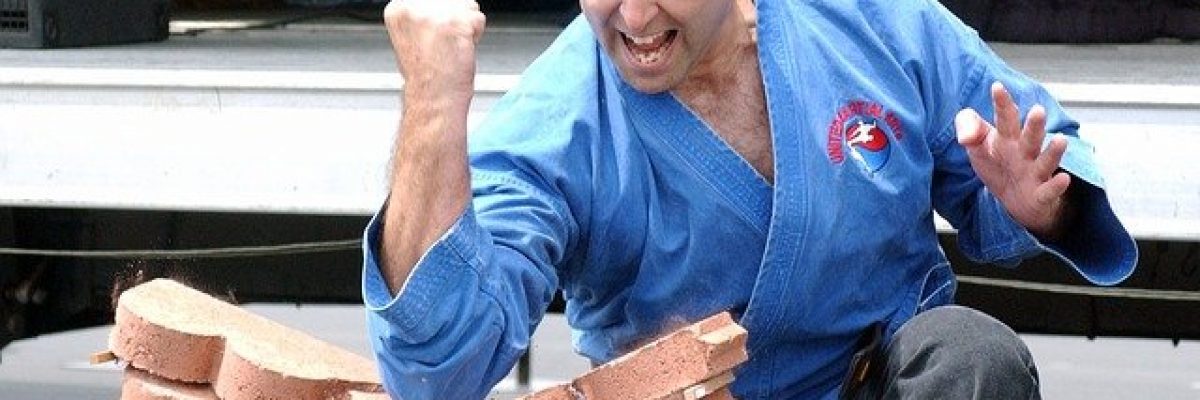The pain relieving expert explains: Inflammation of the bursa in the elbow. Causes and solutions according to my method. A few days ago I had already explained, on the same subject, the mechanism of the body and what the sense of swelling of the elbow is. You are welcome to have another look at it.
Depending on how important the topic is to you. ![]() Link at the end of this article.
Link at the end of this article.
I had already explained there what the general explanation assumes medicine to be the cause. Among other things, very often, the elbow is used to prop up the body on the table. Also a bruise caused by a strong impact or fall. A bruise can cause blood to run into the bursa and cause the inflammation. The symptoms often appear so late (sometimes after a few weeks) that the person affected does not even remember the trigger.
So why don’t all people who used their elbow, as a support, 8 hours a day or work in the office have a problem with their elbow? But only a few? The cause lies elsewhere, with these complaints. Often the person sits at a desk with angled arms and almost everything in everyday life takes place in front of of the body. Is that right?
What happens when muscles and fasciae are permanently trained in a certain way? Here it is nothing else, a permanent training. These shorten. Then the one-sidedness of this movement causes increased tension in muscles and fasciae. Far too much traction then acts on the elbow. A heavy load on the joint is the result, simply because of everyday life. In order to avoid damage that can be caused by the permanent pressure, the body warns by sending a pain into the elbow – an alarming pain. This means that if the tensile forces in the joint are reduced, the pain is also reduced.
Taking painkillers, restrictions in the quality of life and possibly surgery are no longer necessary. As simple as that? Yes, as simple as that.
Here comes the catch: The client is invited to participate in the healing of his own body. ![]()
The deal is not, I do 100% and the client gets treated. The deal is, I do 50% and the client also brings 50% to the table. If the client would continue as before, i.e. prolong what has led to his pain, how sustainable would that be? How does that sound to you? The solution is that the angles in the muscle are trained again.
The specific angles they are not often accessed in everyday life. Link to the first article on the same topic: https://www.facebook.com/flowmotionIreland/posts/772145903366562
You want to know more? Good. Then get in touch.
Any questions? Good. Then get back to me.
See you next time.
Stay strong.
Matti













